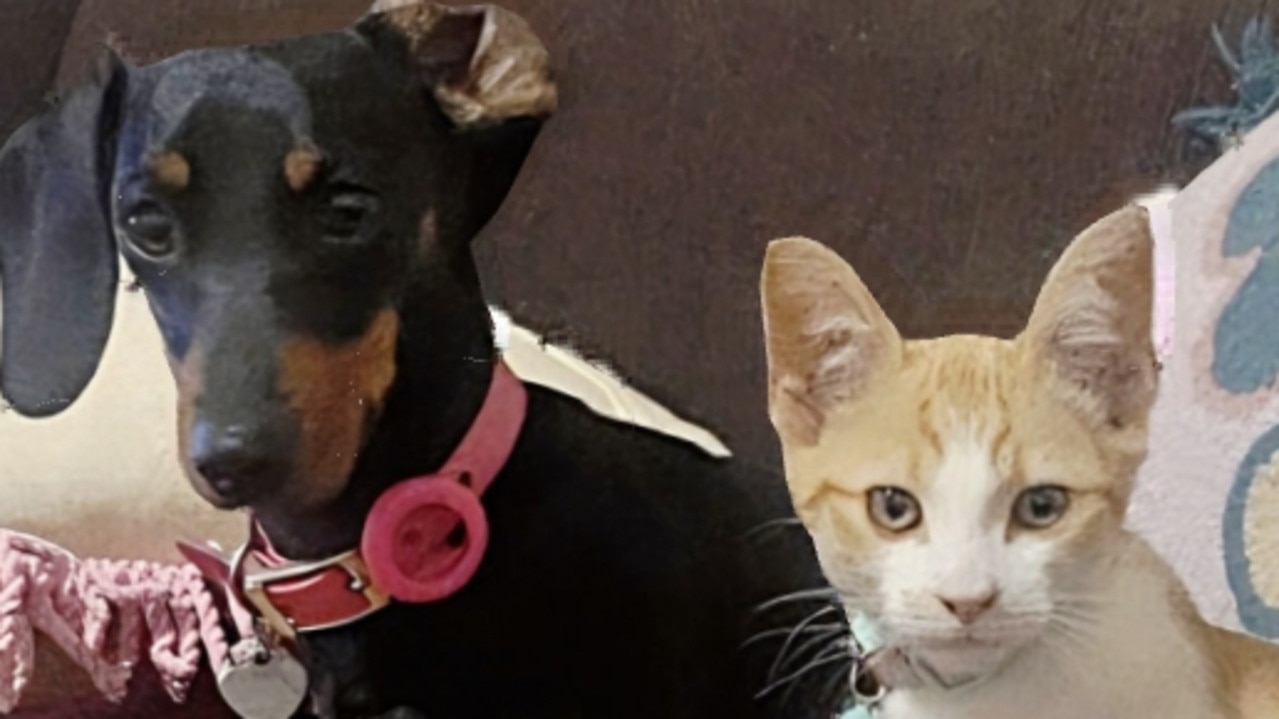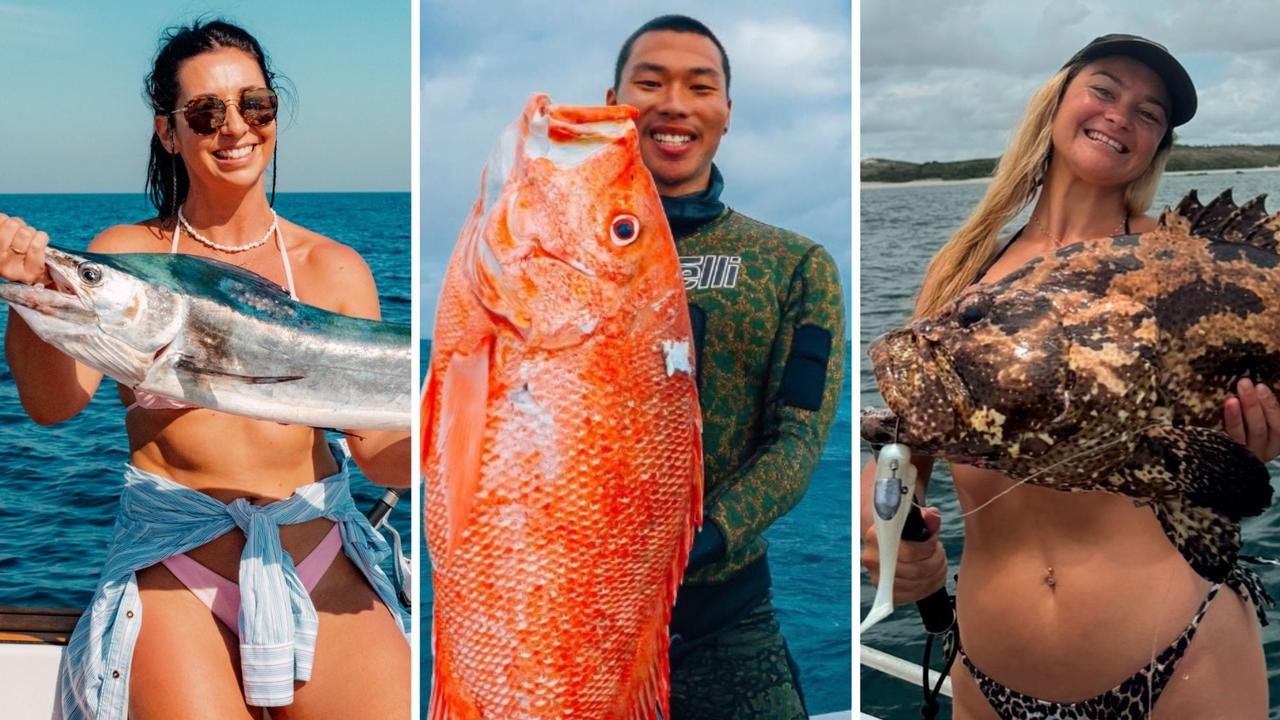Wildlife woes: 3000 animals euthanised in River Murray flood disaster
About 3000 animals have been euthanised during the flood emergency, to prevent them from drowning, starving, or dying from exposure – but there have also been some “miracle” rescues.
Pets and Wildlife
Don't miss out on the headlines from Pets and Wildlife. Followed categories will be added to My News.
About 3000 animals have been euthanised during the River Murray flood emergency in an effort to prevent them from drowning, starving, dying from exposure or being eaten by other animals.
But there have also been some “miracles” as wildlife rescuers have plucked floating echidnas from the river and scooped up wombats stranded on islands.
The National Parks and Wildlife Service confirmed the significant toll, saying a tick over 3000 animals have been put down along the river in recent weeks, which are mostly kangaroos, but also feral cats, dogs, pigs and foxes.
National Parks and Wildlife Service Conservation and Wildlife Director Lisien Loan said experts had surveyed more than 600 areas along the river, and animals were being euthanised following detailed analysis and for humane reasons.
Wildlife veterinary nurse Kerry Machado, who was given permission to attempt animal rescues, said she believed there was “probably that many (animals) again that actually drowned and perished in the floodwaters”.
“It’s very, very sad out there,” she said.
“There’s no escaping the water for the animals.
“The survivors that we are finding, there’s already dead bodies around them. I’ve come across areas where there’s just 40 kangaroos all floating in the water, dead.”
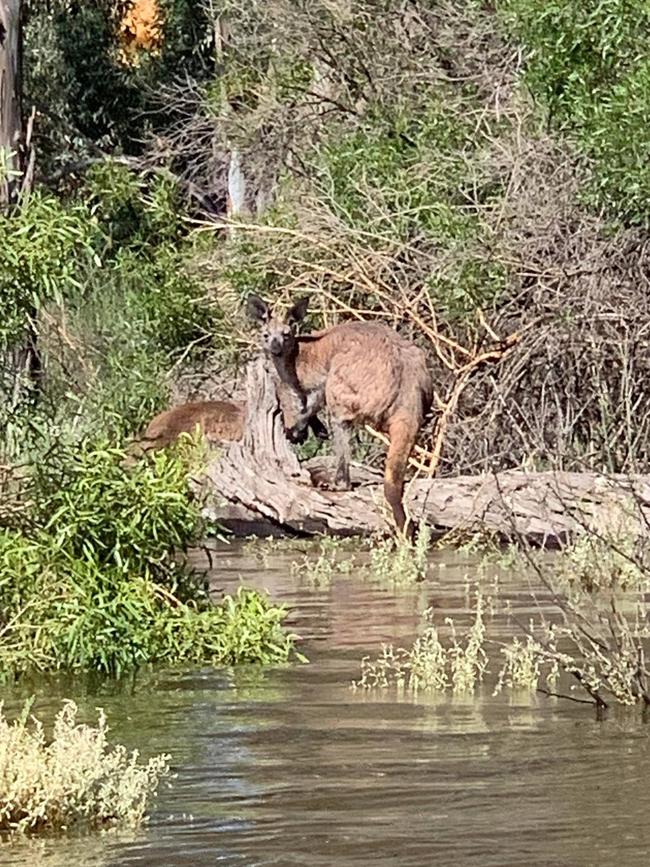
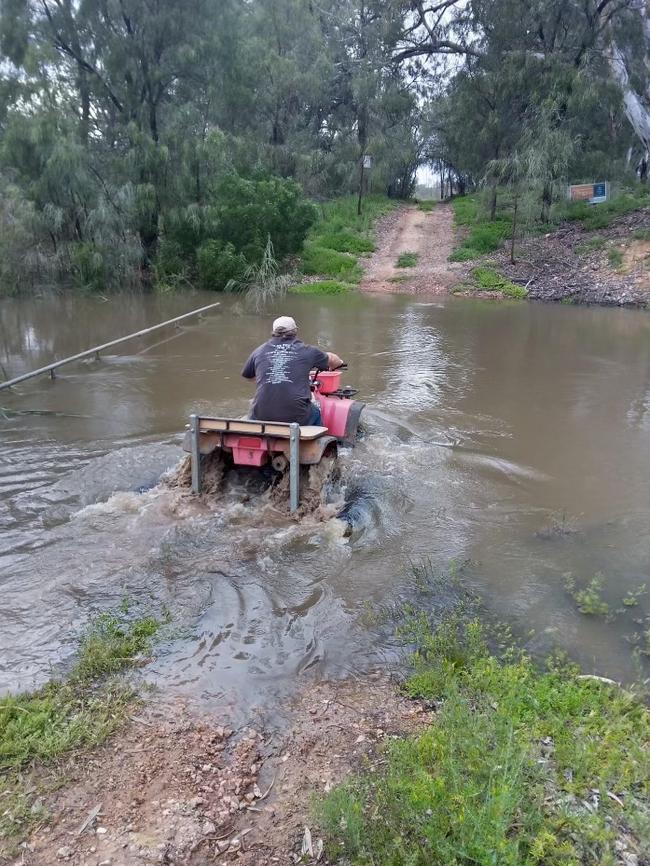
However, Mrs Machado said there “has been a few miracles” including the rescue of 10 echidnas and five wombats.
“We’ve found echidnas literally floating in the water, hanging onto little twigs poking out of the water,” she said.
“We’ve found small little islands just starting to be covered in water with wombats just standing there … their burrows have been flooded.”
Ms Loan said the SA Veterinary Emergency Management (SAVEM) group and Department for Environment and Water (DEW) were tasked by PIRSA on November 19 to advise on animal welfare issues and carry out the work.
Some animal welfare groups have been sedating and moving kangaroos from areas of land before they are submerged, but Ms Loan said this was not always practical or in the best interests of the animals long-term.
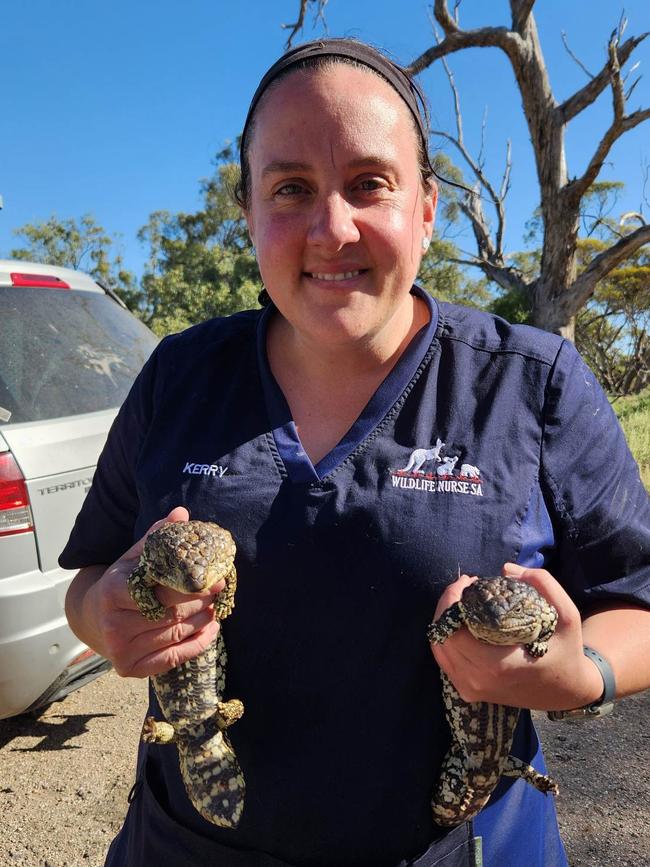
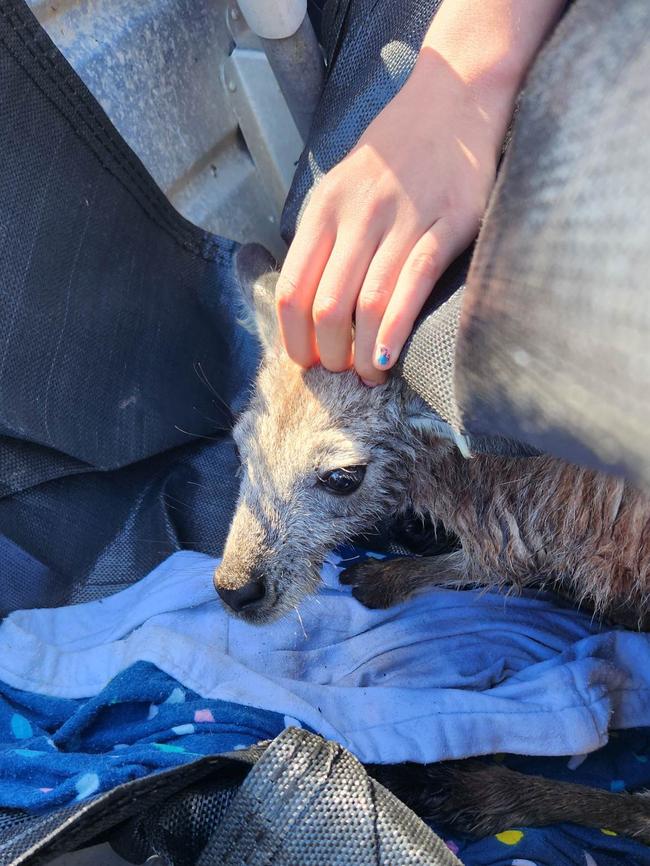
“Before a decision to euthanise an animal is made, numerous considerations are given,” she said.
“Animals are assessed and monitored under vet supervision to see if they can follow their natural behaviour and swim and naturally disperse.
“It is not always practical to tranquillise an animal, particularly wild kangaroos, which could panic and fall into the water and drown if they were darted.
“When you tranquillise an animal, you also need to get in close to it, which is difficult with a wild animal and causes them further stress and panic.”
Ms Loan said “an unfortunate side effect” of tranquillising kangaroos was that they could develop myopathy, which can lead to muscle tissue damage, multiple organ failure and ultimately death.
“It is a very unpleasant way to die,” she said.
Ms Loan said it would be impractical to feed stranded kangaroos until floodwaters subsided to normal levels.
“Wild kangaroos would need to be fed for potentially several months on a diet that they are not used to consuming,” she said.

